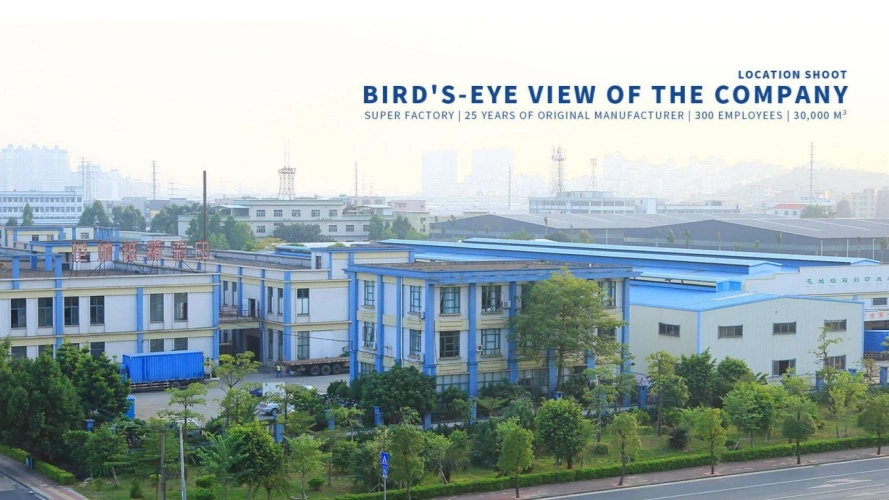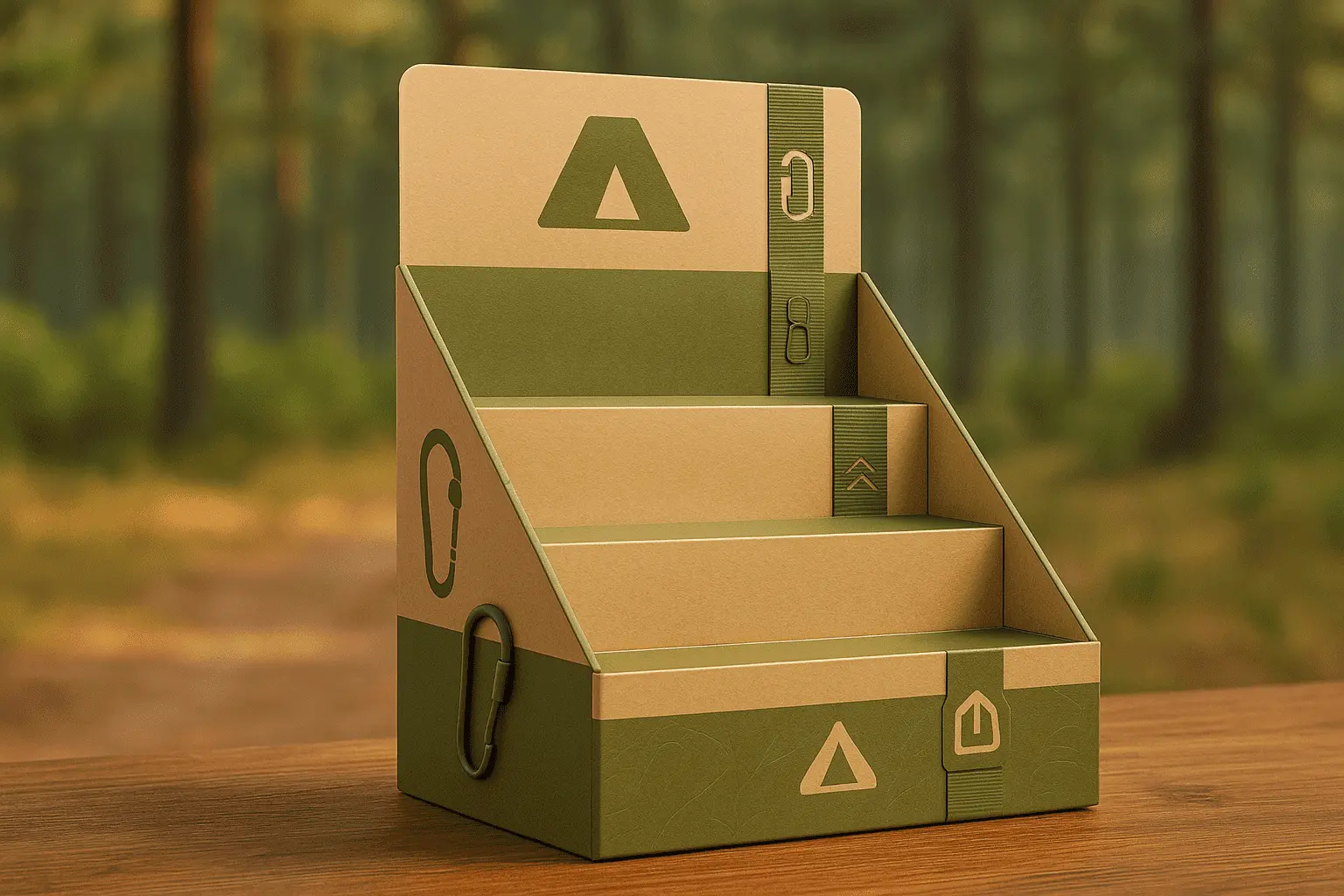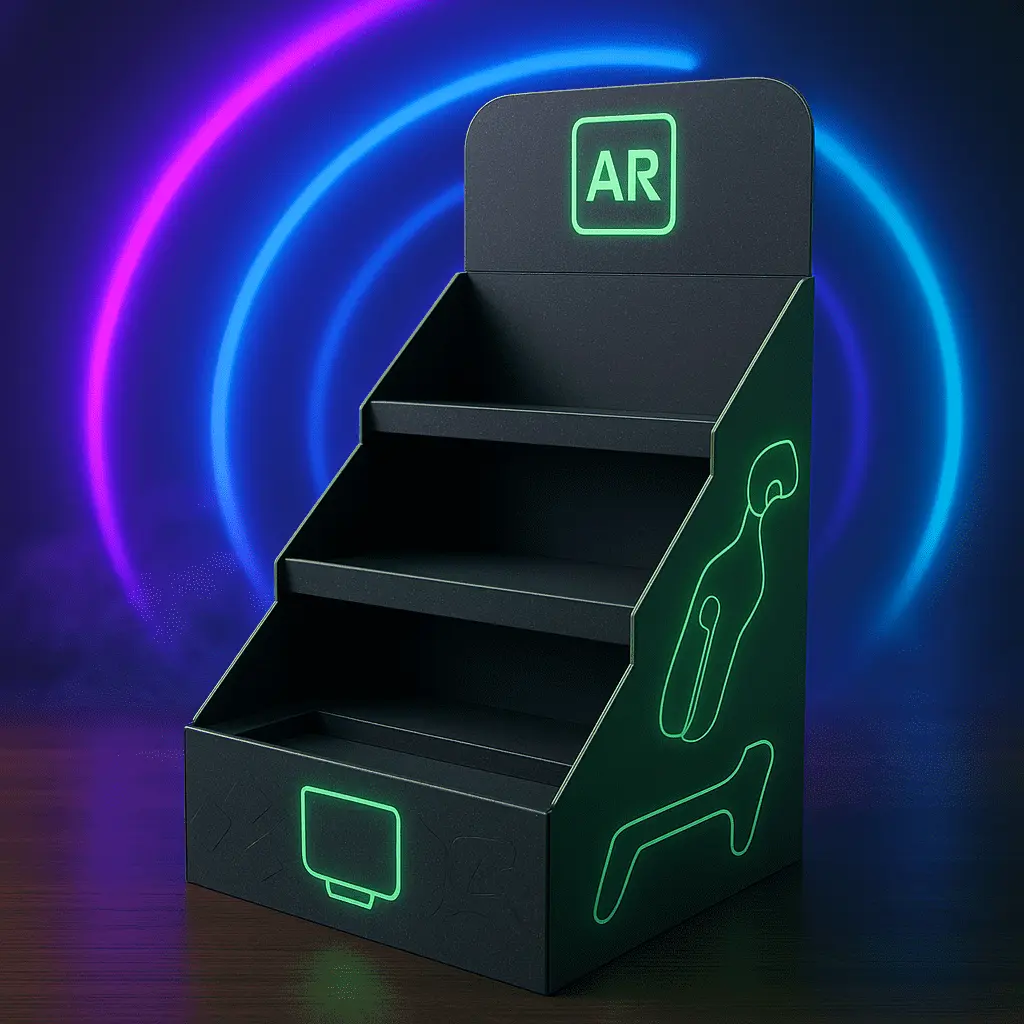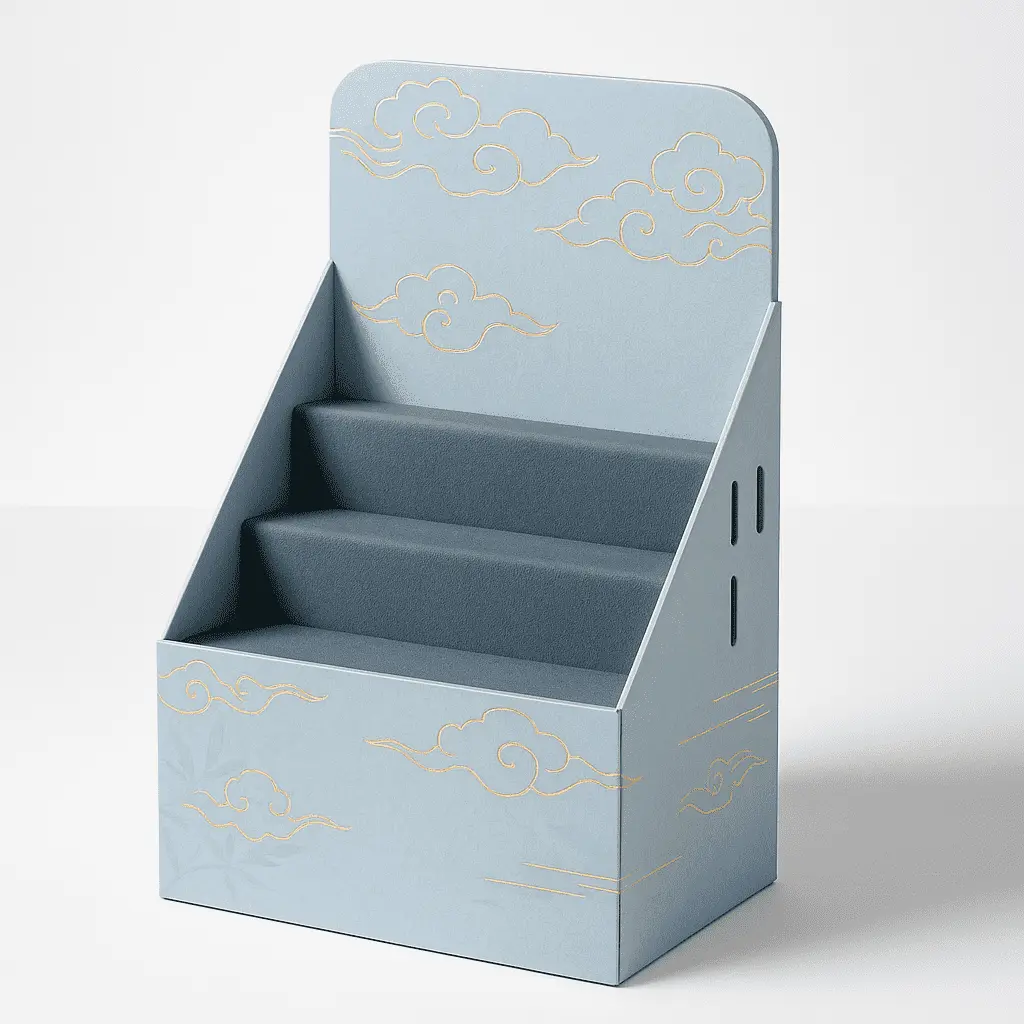Understanding Mailer Box Materials
Common Materials Used in Mailer Boxes
Mailer boxes come in a variety of materials, each with its own set of characteristics and benefits. Corrugated cardboard is perhaps the most ubiquitous, known for its strength and versatility. It's composed of fluted paper sandwiched between two flat linerboards, providing excellent cushioning and protection. Kraft paper, derived from wood pulp, offers a natural, eco-friendly option that's perfect for lighter items. Paperboard, a thicker, more rigid material, is often used for premium packaging and luxury goods. Some manufacturers also use recycled materials, blending sustainability with functionality. Understanding these options is crucial for making an informed decision about your packaging needs.
Properties of Different Mailer Box Materials
Each mailer box material possesses unique properties that influence its suitability for different applications. Corrugated cardboard excels in shock absorption and compression resistance, making it ideal for fragile or heavy items. Its structure allows for customizable strength by adjusting the number and thickness of flutes. Kraft paper, while less robust, offers excellent printability and a tactile appeal that many consumers appreciate. It's also highly malleable, allowing for creative packaging designs. Paperboard provides a smooth surface perfect for high-quality printing and embossing, enhancing brand presentation. Recycled materials vary in properties but generally offer a balance between functionality and environmental consciousness. Consider these characteristics when aligning your packaging with your product and brand identity.
Environmental Impact of Mailer Box Materials
In today's eco-conscious market, the environmental impact of packaging materials is a significant consideration. Corrugated cardboard scores high on sustainability, being both recyclable and often made from recycled content. Its production process has been optimized over years to reduce water and energy consumption. Kraft paper, being minimally processed, has a lower carbon footprint and is biodegradable. Paperboard, while recyclable, may have a higher environmental impact due to its more intensive manufacturing process. Recycled materials obviously lead in terms of sustainability, reducing waste and resource consumption. When choosing your mailer box material, consider not just the immediate environmental impact, but also the entire lifecycle of the packaging, including production, transportation, and disposal.
Factors to Consider When Choosing Mailer Box Material
Product Weight and Fragility
The weight and fragility of your product play a pivotal role in determining the most suitable mailer box material. Heavier items necessitate stronger materials to prevent breakage during transit. Corrugated cardboard, with its robust structure, is often the go-to choice for weighty or delicate products. The thickness and number of flutes can be adjusted to provide additional strength where needed. For extremely fragile items, consider double-walled corrugated cardboard for extra protection. Lighter, less breakable items may be safely shipped in kraft paper mailers, which offer adequate protection while reducing overall package weight. Always factor in potential rough handling during shipping when assessing your product's needs.
Shipping Distance and Conditions
The journey your package will undertake is another crucial factor in material selection. Long-distance shipments or those crossing international borders may face varied environmental conditions and multiple handling points. In such cases, moisture-resistant corrugated cardboard or treated kraft paper can help maintain package integrity. For shorter, more controlled shipping routes, you might opt for lighter materials like single-ply paperboard. Consider also the climate of your destination - extreme temperatures or humidity can affect certain materials more than others. If your products are shipped to areas with unpredictable weather, choosing a material with good insulation properties, like double-walled corrugated cardboard, can provide an extra layer of protection.
Brand Image and Unboxing Experience
Your choice of mailer box material significantly impacts brand perception and the customer's unboxing experience. High-end or luxury products often benefit from premium materials like rigid paperboard, which convey a sense of quality and exclusivity. The smooth surface of paperboard also allows for high-quality printing and finishing techniques, enhancing brand presentation. For brands focusing on sustainability, kraft paper or recycled materials can reinforce an eco-friendly image. Corrugated cardboard, while practical, can also be customized with high-quality printing and unique structural designs to create a memorable unboxing experience. Remember, the tactile sensation of opening a package is a crucial part of the customer journey - choose a material that aligns with your brand's personality and values.
Customization Options for Mailer Boxes
Printing and Finishing Techniques
The visual appeal of your mailer box can be significantly enhanced through various printing and finishing techniques. Digital printing offers vibrant colors and the ability to produce small runs cost-effectively, ideal for seasonal promotions or limited editions. Offset printing, while requiring larger quantities, provides superior color accuracy and is often used for premium packaging. Flexographic printing is a versatile option that works well on corrugated surfaces. Beyond printing, consider finishing techniques like embossing, debossing, or foil stamping to add texture and visual interest. UV coating can provide a glossy finish and extra protection. The choice of technique should complement your brand aesthetics and the texture of your chosen material.
Structural Design Possibilities
The structural design of your mailer box can be as important as the material itself. Different materials offer varying degrees of flexibility in terms of design. Corrugated cardboard, with its strength and malleability, allows for creative structures like auto-bottom boxes or those with internal compartments. Kraft paper can be easily folded into innovative shapes, creating unique unboxing experiences. Rigid paperboard excels in creating clean, sharp edges for a premium look. Consider features like tear strips for easy opening, or built-in cushioning structures for fragile items. The structural design should not only protect your product but also enhance functionality and user experience. Collaborating with packaging engineers can help you explore the full range of possibilities within your chosen material.
Eco-friendly Customization Options
As environmental concerns grow, eco-friendly customization options are becoming increasingly important. Water-based inks and soy-based inks offer vibrant colors with reduced environmental impact compared to traditional petroleum-based inks. For corrugated cardboard and kraft paper, consider using minimal ink coverage to maintain recyclability. Avoid lamination or plastic coatings that can hinder recycling processes. Instead, opt for biodegradable coatings or varnishes if additional protection is needed. Structural designs that minimize material usage without compromising protection are also worth exploring. Some innovative approaches include using seed-embedded paper for parts of the packaging, allowing customers to plant them after use. By aligning your customization choices with eco-friendly practices, you can create packaging that's both visually appealing and environmentally responsible.
Conclusion
Choosing the best material for your mailer box is a multifaceted decision that requires careful consideration of your product's needs, brand identity, and environmental impact. Whether you opt for the versatility of corrugated cardboard, the eco-friendliness of kraft paper, or the premium feel of paperboard, ensure your choice aligns with your overall packaging strategy. Remember, the right material not only protects your product but also communicates your brand values and enhances the customer experience. By balancing functionality, aesthetics, and sustainability, you can create mailer boxes that stand out in the competitive e-commerce landscape and leave a lasting impression on your customers.
FAQs
What's the most eco-friendly material for mailer boxes?
Kraft paper and recycled corrugated cardboard are typically considered the most eco-friendly options.
Can I use the same material for all my products?
While possible, it's often better to tailor the material to each product's specific needs for optimal protection and cost-efficiency.
How does material choice affect shipping costs?
Heavier materials can increase shipping costs, so balance protection needs with weight considerations.
Are there waterproof options for mailer boxes?
Yes, some corrugated cardboard options come with water-resistant coatings, or you can consider plastic mailers for extreme conditions.
Expert Mailer Box Solutions | Fetching Printing
At Fetching Printing, we specialize in creating custom mailer box solutions tailored to your specific needs. Our experienced team of packaging engineers can guide you through material selection, structural design, and customization options. As a leading manufacturer and supplier in the packaging industry, we offer a wide range of high-quality materials and cutting-edge printing techniques. Whether you need eco-friendly options or premium finishes, we have the expertise to bring your vision to life. Contact us at support@fetchingprinting.com to discuss your mailer box requirements.
References
Johnson, A. (2022). The Comprehensive Guide to Packaging Materials. Journal of Packaging Science, 45(3), 112-128.
Smith, B. & Lee, C. (2021). Sustainable Packaging Solutions for E-commerce. Green Business Quarterly, 18(2), 76-89.
Rodriguez, M. et al. (2023). Impact of Packaging Materials on Product Protection during Transit. International Journal of Logistics Management, 34(1), 45-62.
Brown, D. (2022). The Psychology of Unboxing: How Packaging Influences Consumer Perception. Marketing Psychology Review, 29(4), 201-215.
White, E. & Green, F. (2023). Innovations in Eco-friendly Packaging Materials. Sustainable Materials Research, 12(2), 88-103.
Taylor, G. (2021). Customization Techniques in Modern Packaging Design. Journal of Brand Management, 28(3), 156-170.





